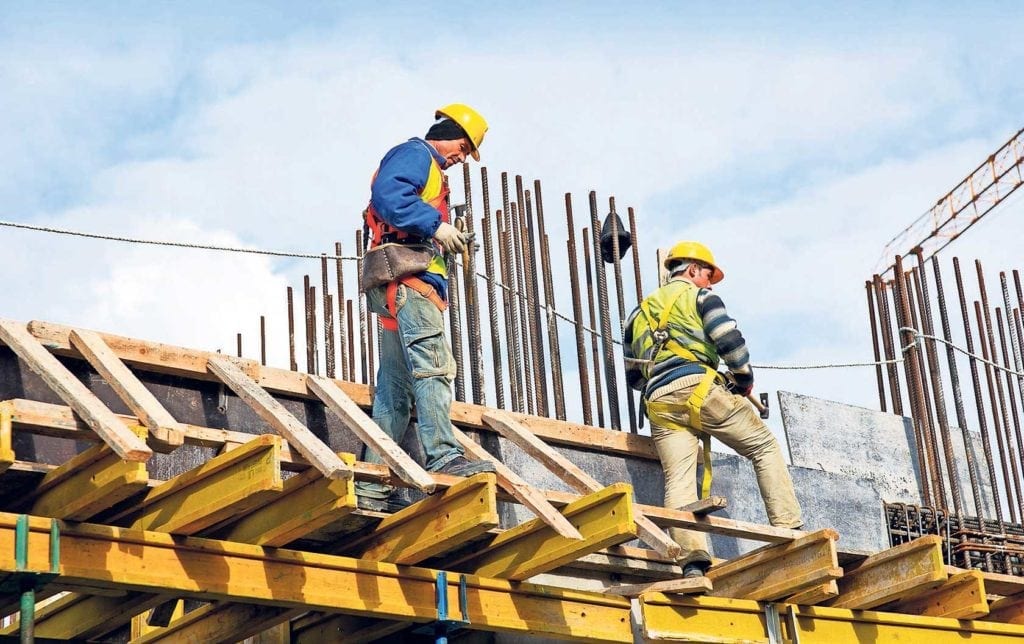
Construction jobs peaked in early 2007, just before the shockwave of the Great Recession reverberated across the economy. Most of these jobs were in housing construction, as the so-called “liar loans” of the preceding years created unprecedented (and unstable) demand for homeownership. By spring 2009, construction jobs had nearly disappeared, declining tenfold from peak to trough.
Construction jobs have nearly recovered to pre-recession levels. But there are two key differences between then and now: Most of the jobs available are for large-scale infrastructure projects and, more importantly, there is a dire shortage of available labor to fill these roles.
It stands to reason: During the recession, construction workers had to look elsewhere to support themselves and earn livable salaries. Many who were previously employed in the industry developed new skills, gained more education and moved on to different types of jobs. Now, with so many new positions available, it may be the time for workers to consider a return to construction.
Using the ZipRecruiter Opportunity Index, which gauges the ratio of available jobs to job applicants, we determined the top five infrastructure jobs and where to find them. In every case, both in location and job title, the opportunity index indicates there are more jobs available now than there are applicants to fill them.
The main engine of growth in the Binghamton area of upstate New York is Binghamton University, which has implemented a massive expansion plan to be completed by 2020. The university has a $1 billion annual impact on the region, and its current portfolio of projects has an estimated budget exceeding $184 million.
Not far behind is the Kennewick, Washington, metro. This area is often overlooked in favor of Seattle, but when it comes to infrastructure, the Port of Kennewick is growing by leaps and bounds. Set on the Columbia River, this metro is developing projects ranging from improved logistics facilities to becoming a more attractive tourist destination.
Excavation laborers are entry-level roles that play an integral part in any infrastructure project. Given the demand for such workers, development companies are paying increasingly high wages. Pay currently tops out at more than $30 per hour for these jobs, according to the Bureau of Labor Statistics.
Most of the top jobs provide entry-level opportunities, but demand remains for highly skilled labor as well. Master plumbers performing at the top of their field can easily fetch six-figure salaries. With nearly two job openings for every applicant in this role, negotiating power is high if you have the right skills to offer.
America’s aging infrastructure took center stage when President Barack Obama signed the Recovery Act in 2009, setting aside $50 billion to create jobs and improve the nation’s roads and bridges. Congress has funded $21 billion in infrastructure spending since President Donald Trump took office.
at a glance
The 5 best cities for infrastructure jobs:
Metro Area Opportunity Index
Binghamton, NY 16.2
Kennewick-Richland-Pasco, WA 8.2
Palm Bay-Melbourne-Titusville, FL 2.0
Jackson, MS 1.8
Madison, WI 1.7
The top-5 infrastructure jobs:
Job Title Opportunity Index
Excavation Laborer 5.1
Traffic Control Specialist 3.2
Water Restoration Technician 2.5
Master Plumber 1.6
Truss Designer 1.0
By jeffrey marino, ziprecruiter.com






